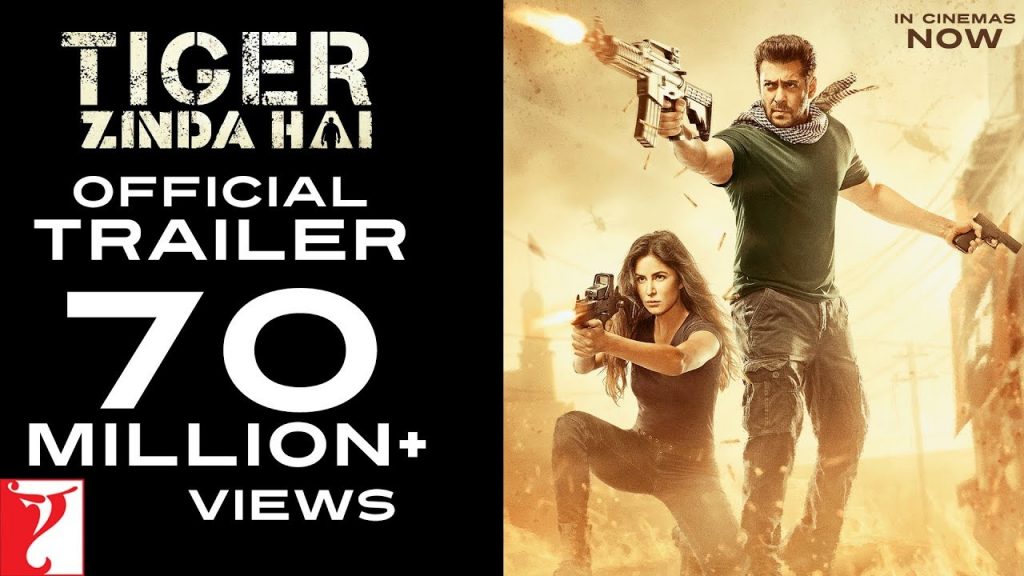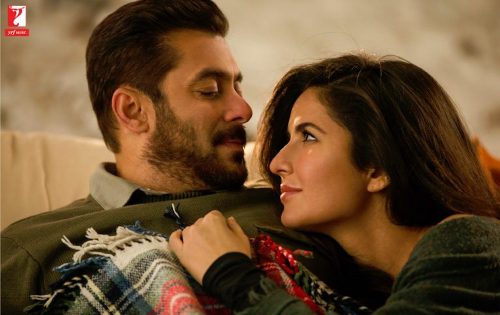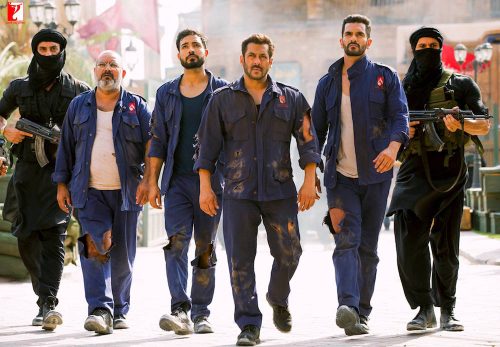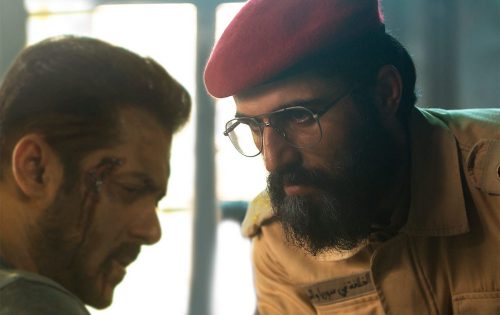
by Saumya Bhutani – Follow @SaumyaNotSonia
This past Christmas, like almost all others, my family partook in our annual tradition of going to the movies. In the past, I have dragged my parents to the latest critically-acclaimed Hollywood release, from “The Wolf of Wall Street” to “Lion.” This year, however, with no offerings of “The Post” or “I, Tonya” at my local theaters, I was left with such few options that I became amenable to the idea of seeing a Bollywood film. Little did I know that I would later regret this decision thanks to “Tiger Zinda Hai.”

In “Ek Tha Tiger,” Salman Khan played a top agent for RAW, India’s foreign intelligence service, who falls hopelessly in love with a top ISI, Pakistan’s counterpart agency, agent played by Katrina Kaif. The film ends with suspense suggesting that Khan, also known as Tiger, has been killed in action.
It is from this premise that “Tiger Zinda Hai” is born because, fear not our beloved fans, Khan would never be subject to such a demise! Instead, he and Kaif left their day jobs for a quaint life of love and family in Bollywood’s favorite snowy romantic destination, the Alps!

When ten out of the first 30 minutes of a movie are devoted to a fight scene of man against pack of wolves, you develop a clear understanding of the priorities of the film early on. “Tiger Zinda Hai” packs a literal punch when it comes to impressive stunts and fight scenes that dominate the almost 3-hour film. While action movies can sometimes fail to have enough real substance behind them, the problem with this movie is that it attempts to pack in too much substance here so that nothing can be taken seriously as the real thematic arc of the movie.

Beyond the general superficiality of these tropes, there is an added cringe-worthy cheesiness level that makes it difficult not to groan while watching. Of course, the terrorist head of ISC is fluent in Hindi. An American CIA agent has an accent that sounds European. The patriotic one-liners are so saccharine that they made me nauseous. I turned and rolled my eyes at my mom more times than she would have liked during the film.

I suppose those that were cheering and clapping are more forgiving souls than I am or perhaps not critical viewers that were easily swept up in the action, stunts, and melodrama of it all. If you’ve been eagerly waiting to hear that Tiger’s alive after all since “Ek Tha Tiger,” then you’ll likely feel the same way. But, if like me, you couldn’t have been less enthused by this, then “Tiger Zinda Hai” will likely make no positive impact on you, especially in a new year of (hopefully) better films.
[All Photos’ Credit: Tiger Zinda Hai/Facebook & Yash Raj Films]
 Saumya Bhutani is a graduate of Vassar College, where she majored in History and minored in Biology. She wrote her thesis on the relationship between beauty ideals and the changing roles of women in India in the late 1970s. Saumya is an aspiring physician but also considers herself a history aficionado and pop culture junkie.
Saumya Bhutani is a graduate of Vassar College, where she majored in History and minored in Biology. She wrote her thesis on the relationship between beauty ideals and the changing roles of women in India in the late 1970s. Saumya is an aspiring physician but also considers herself a history aficionado and pop culture junkie.




